Craniosacral Biodynamics (CSB)
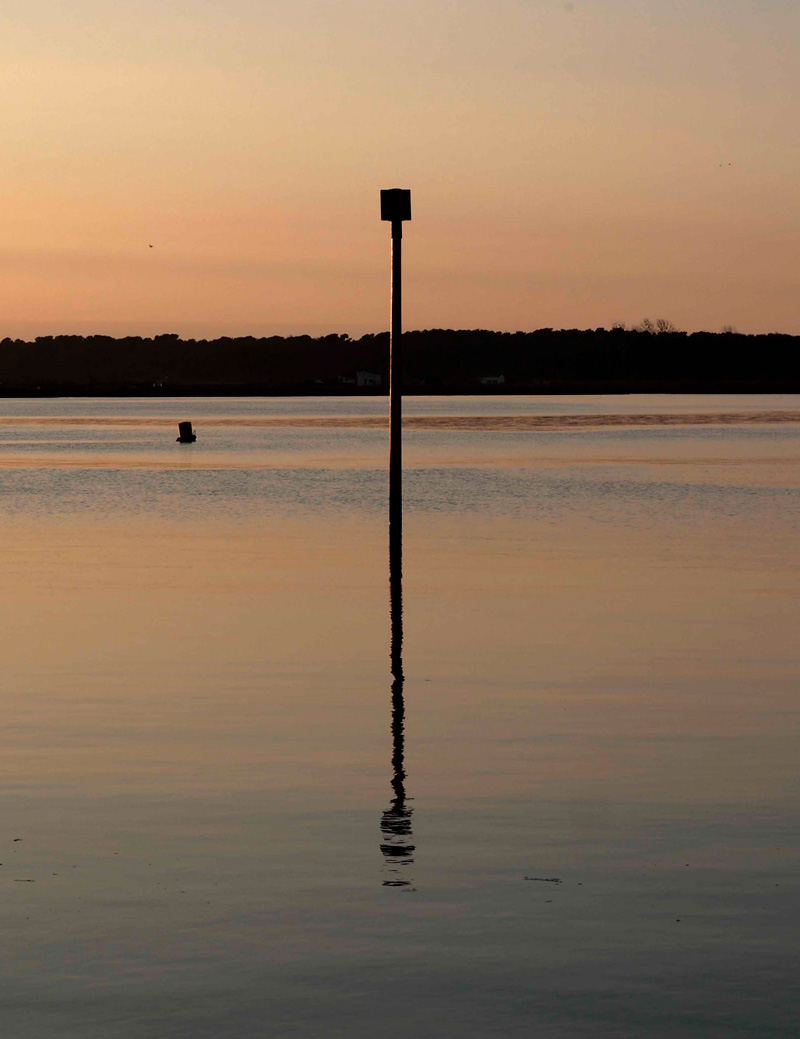
Presentation of Craniosacral Biodynamics
The CSB in a few words…
Craniosacral Biodynamics is a non-manipulative, non invasive and holistic manual method, which supports the inherent vital forces of the body and supports them with a view to return them to their natural balance and harmony.
Oriented towards the health and inherent resources of the human being, it works with a systemic and holistic understanding of the organism.
It assists the return to balance of body, mind and the whole being.
The principle of “inherent health” of the human being and the “Breath of Life”
Everywhere in nature, life is expressed by promoting patterns of health and vitality. All trees seek the sun with their leaves and branches to reach the food they need. In every life form there is a pattern that carries the particular signature of its vitality.
Likewise, in our human organism very subtle and refined patterns of vitality are constantly being expressed to keep us healthy or bring us back to health.
Craniosacral Biodynamics works in particular with the cerebrospinal fluid, which protects and nourishes the central nervous system. The subtle motion of this fluid can be perceived in all the tissues of the body: it is similar to a gentle inhalation and exhalation – from where comes from its name of “Breath of Life” – or even at a steady, slow and deep tide.
It is the body’s “Primary Respiratory” system, more subtle and deeper than our pulmonary breathing. It has a healing quality and carries within it a spark of the force of life.
A trained practitioner can perceive the rhythm of the primary breathing, and use it for the purpose of evaluating the current state and assisting in the return of a balance, an integrity and an health of the person.
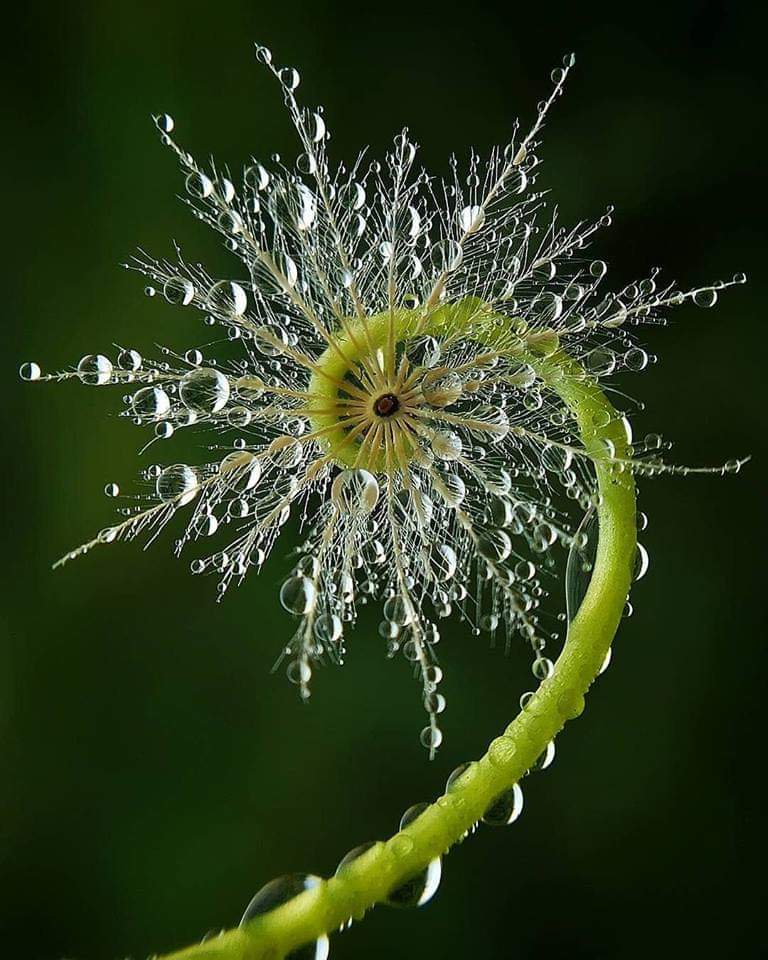
The origin of Craniosacral Biodynamics (CSB)
The Craniosacral Biodynamics stems from the experiences and insights of William Garner Sutherland, an American osteopath from the first half of the 20th century, who specialized in working with the Primary Respiratory system – and which for the first time defined the concepts of “Breath of Life” and “Primary Respiration”.
Craniosacral was then developed by various osteopaths during the 20th century.
From the 70’s, this work opened up and was taught to a wider audience of therapists and caregivers, outside of the initial osteopathic community.
This led Craniosacral to take its independence as a holistic approach in its own right. The Biodynamic current aims to be a pioneer in this approach, while being deeply inspired by achievements of the founding fathers.
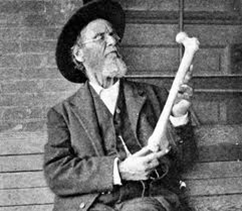
Andrew Still
The ancestor, father of osteopathy
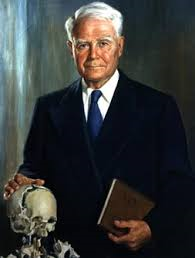
William Garner Sutherland
The father of cranial osteopathy and of biodynamics
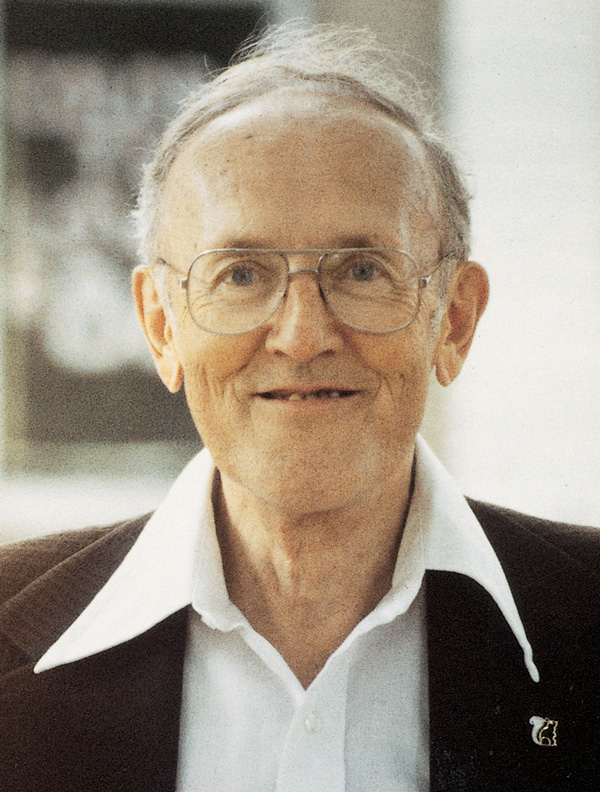
Rollin Becker
The successor, who formulated the principles of Biodynamics
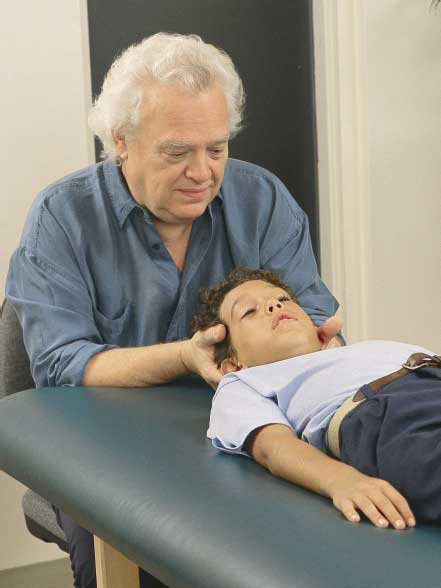
John Upleger
The father of Craniosacral Therapy with whom I worked
And many more, who have each contributed to the maturation of this approach
I want to cite here:
- James Jealous
- Franklyn Sills
- Bhadrena C. Tschumi
This list is not exhaustive, the evolution of the biodynamic approach continues every day …
